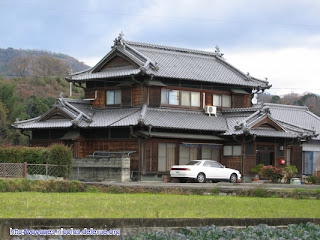カタカナ
After browsing the internet and googling Japanese images, events, and the city of Tokyo, I found these images. In each of these, I was able to find at least one phrase written in カタカナ, each of which I found the translation for.

This first picture was actually hard to find any katakana in, because it is flipped around. Though it is hard to see what each character is, I found the column on the left to read, カラオケ, which is translated to karaoke. This seems to be a big attraction in Japan.

This next image shows a sign that clearly reads チカラめし, which is a mix of カタカナ and ひらがな. I found this phrase to mean "Chikara Rice," although I was unable to find out what this type of rice is specifically. Sounds pretty good though.
This image was the most intriguing. As you can see, it reads "Pretz" in English. The カタカナ right next to the slice of pizza reads: ピザ. A kanji was also present and I was unable to translate it, however, I think that the カタカナ was enough to follow what the package was saying. Obviously, this translates to 'pizza,' which is also shown on the box as an image.

The last photo was a picture that I found by looking for McDonald's in Japan on Google. In this picture, many カタカナ phrases can be found, including アイコンチキン, which translates to something like 'Icon chicken' and
ハンバーグ, which translates to 'hamburger.'
Overall, カタカナ has been fun to learn because of all of the pronunciations and stringing together of Japanese sounds to make english-sounding words.
じゃまた、
ミヤザキ











